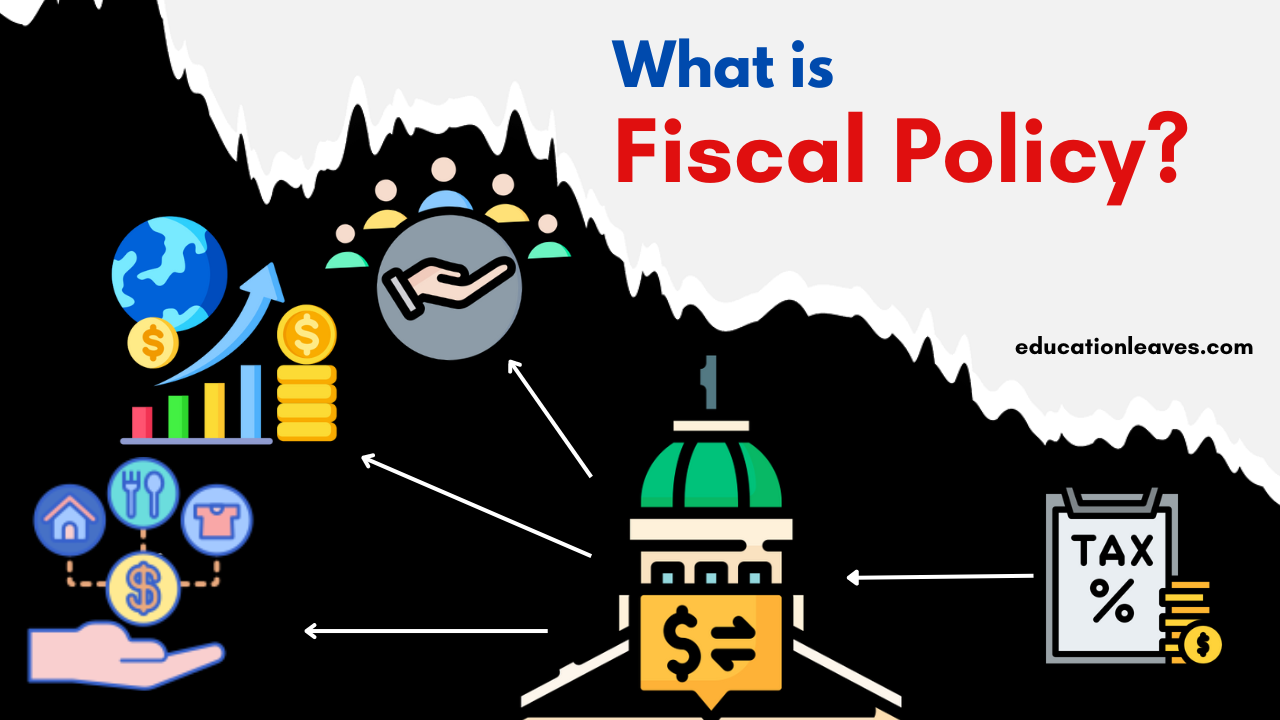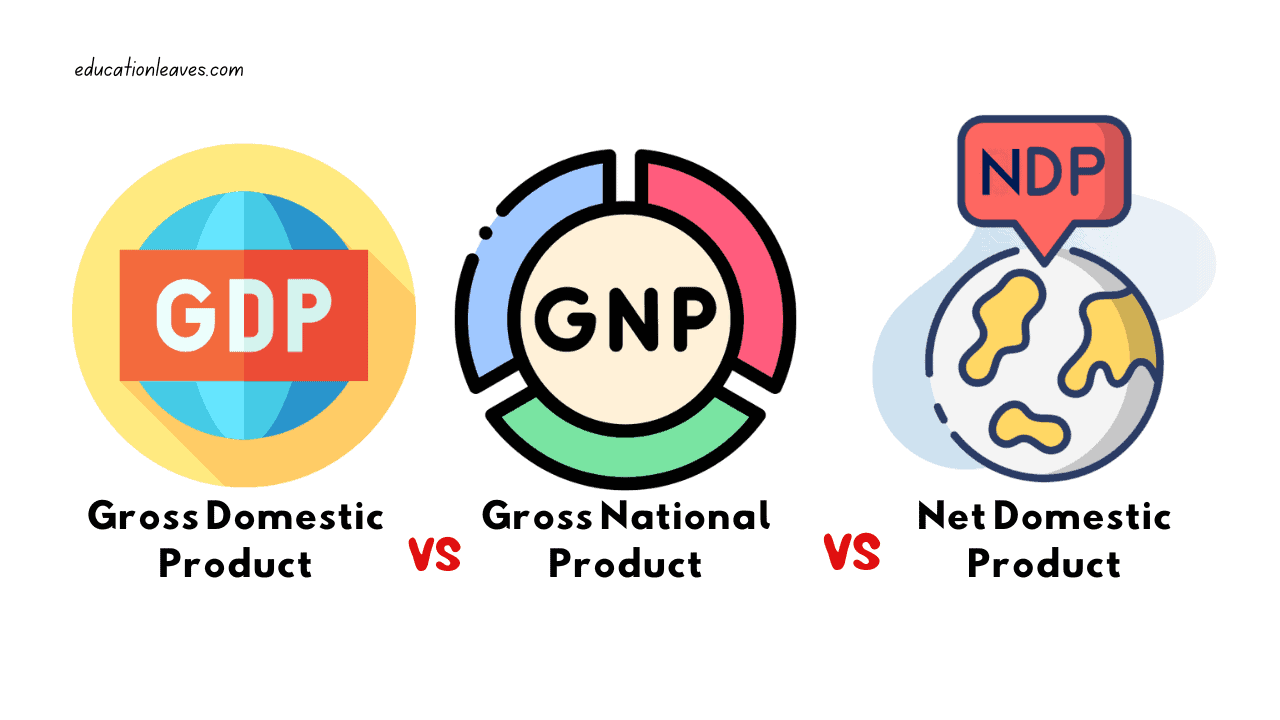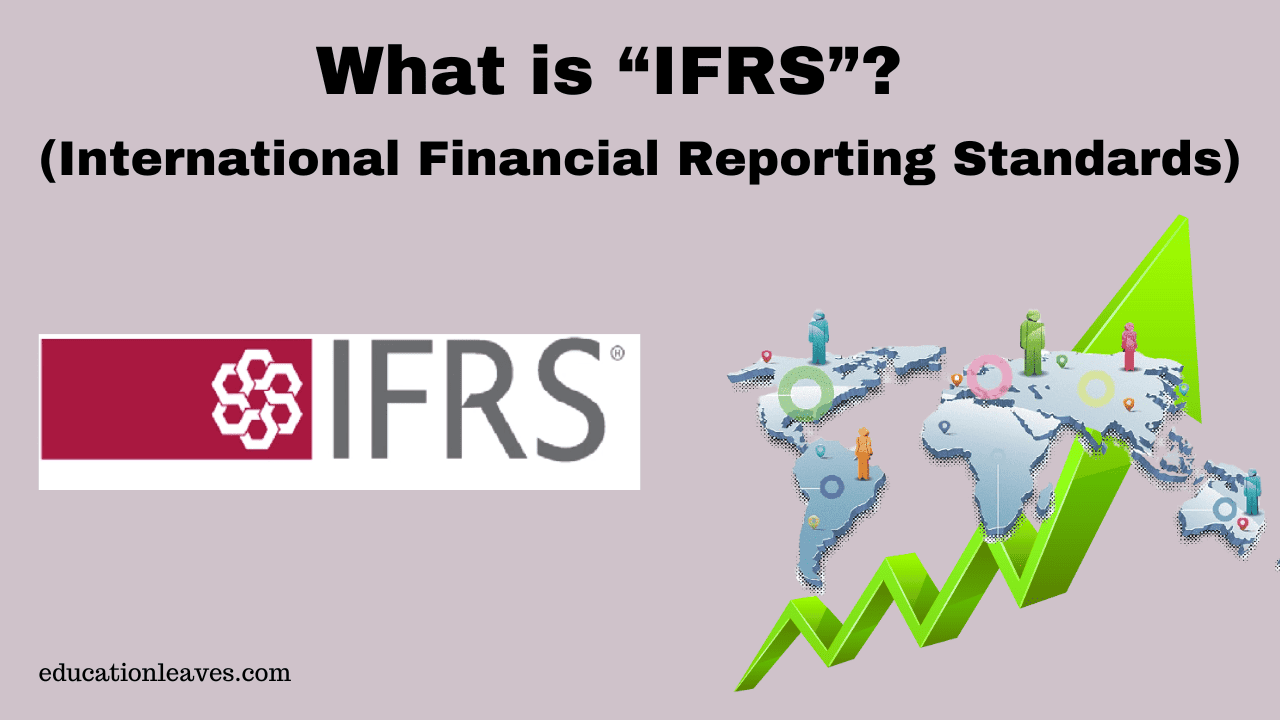Ayodhya’s Enduring Allure: From Sacred Soil to a Potential Economic Powerhouse
As we write this on January 22nd, 2024, the historic inauguration of the Ram Mandir in Ayodhya resonates beyond mere economics. This day marks a culmination of centuries of faith, hope, and resilience for countless Hindus across India and the world.










